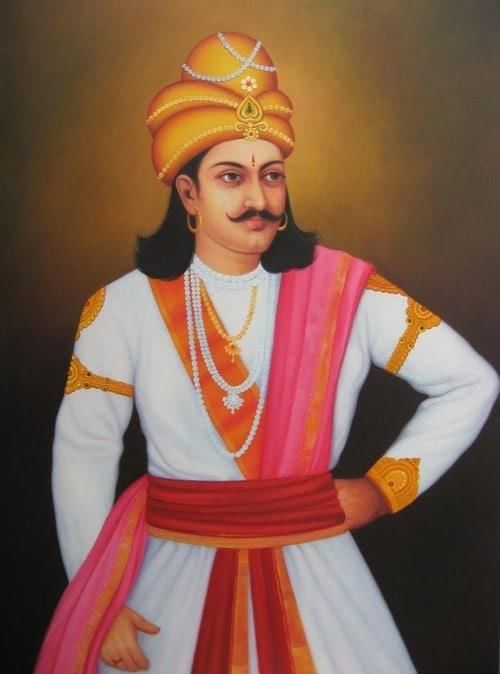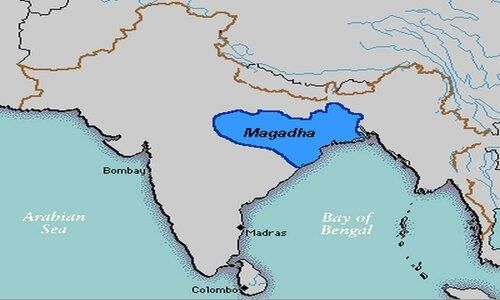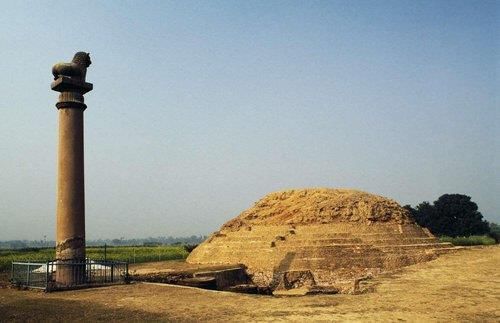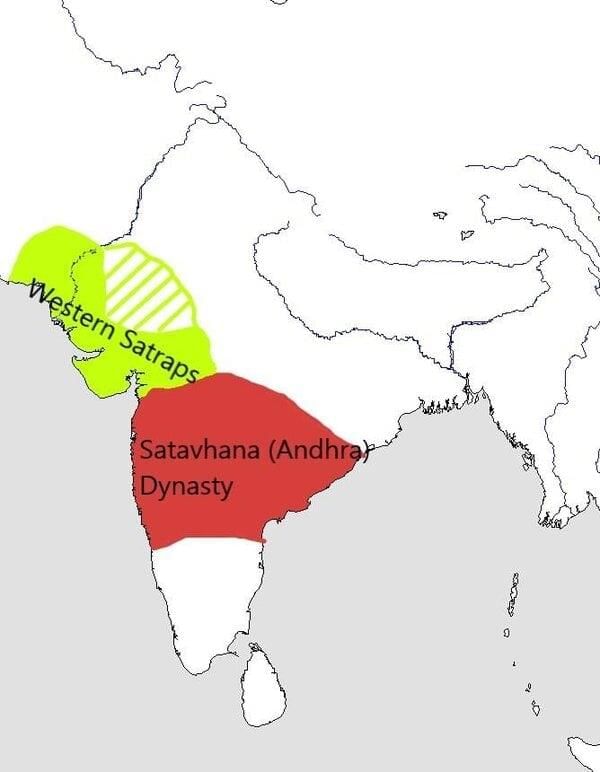|
What significant discovery did James Prinsep make in the 1830s regarding early Indian inscriptions? |
Card: 1 / 46 |
|
James Prinsep deciphered the Brahmi and Kharosthi scripts, which were used in the earliest inscriptions and coins.  |
Card: 2 / 46 |
|
The king referred to as Piyadassi in early inscriptions is also known by what other name? |
Card: 3 / 46 |
|
Prinsep's work on inscriptions led to a new direction in the study of early Indian history by focusing on the connections between political changes and ___ developments. |
Card: 5 / 46 |
|
Magadha became the most powerful mahajanapada due to its ___ and ___ resources. |
Card: 11 / 46 |
|
What significant shift occurred in the capital of Magadha in the fourth century BCE? |
Card: 19 / 46 |
|
Who was the Greek ambassador to the court of Chandragupta Maurya, and what is significant about his accounts? |
Card: 23 / 46 |
 Unlock all Flashcards with EduRev Infinity Plan Starting from @ ₹99 only
|
|
Megasthenes was the Greek ambassador, and his accounts are significant because they provide valuable insights into the Mauryan Empire, even though they survive only in fragments. |
Card: 24 / 46 |
|
The inscriptions of Asoka were primarily used to proclaim ___ to his subjects. |
Card: 25 / 46 |
|
True or False: Asoka's dhamma included promoting only the interests of Brahmanas and not respecting other religions. |
Card: 27 / 46 |
|
Fill in the blanks: The five major political centres of the Mauryan Empire included Pataliputra, Taxila, Ujjayini, ___, and ___. |
Card: 29 / 46 |
|
What role did the army play in the administration of the Mauryan Empire according to Megasthenes? |
Card: 31 / 46 |
|
The army was crucial for protection and included a committee with six subcommittees for military coordination, managing various aspects such as transport, provisions, and different types of soldiers. |
Card: 32 / 46 |
|
What impact did the Mauryan Empire have on the perception of Indian history in the nineteenth century? |
Card: 33 / 46 |
|
Historians viewed the emergence of the Mauryan Empire as a major landmark while reconstructing early Indian history, which was significant during the colonial period. |
Card: 34 / 46 |
|
Multiple Choice: Which of the following was NOT a political centre of the Mauryan Empire? A) Pataliputra B) Taxila C) Ujjayini D) Delhi |
Card: 35 / 46 |
|
The chiefdoms of the Cholas, Cheras, and Pandyas were prominent in which historical region? |
Card: 37 / 46 |
|
Tamilakam, which included parts of present-day Andhra Pradesh, Kerala, and Tamil Nadu. |
Card: 38 / 46 |
|
The Prayaga Prashasti, composed by Harishena, serves as an important historical record for which Gupta ruler? |
Card: 41 / 46 |
|
True or False: The Satavahanas primarily controlled the northern regions of India during the second century BCE. |
Card: 43 / 46 |
|
Fill in the blank: The Kushanas ruled from Central Asia to ___ India during their reign. |
Card: 45 / 46 |
































